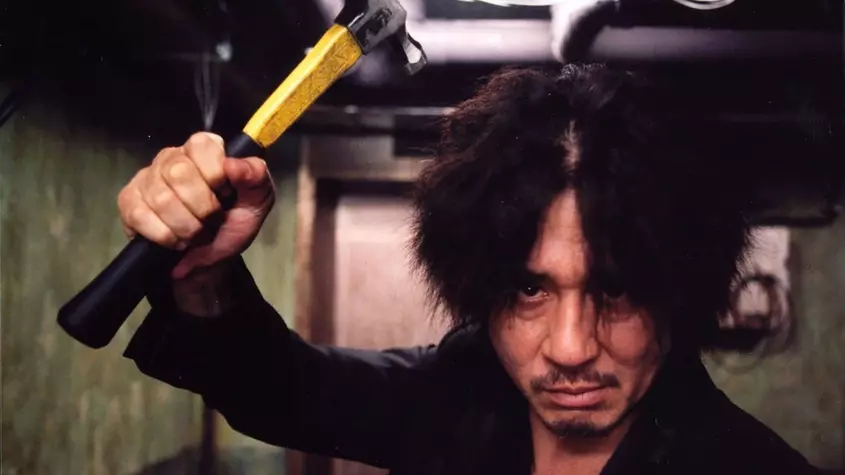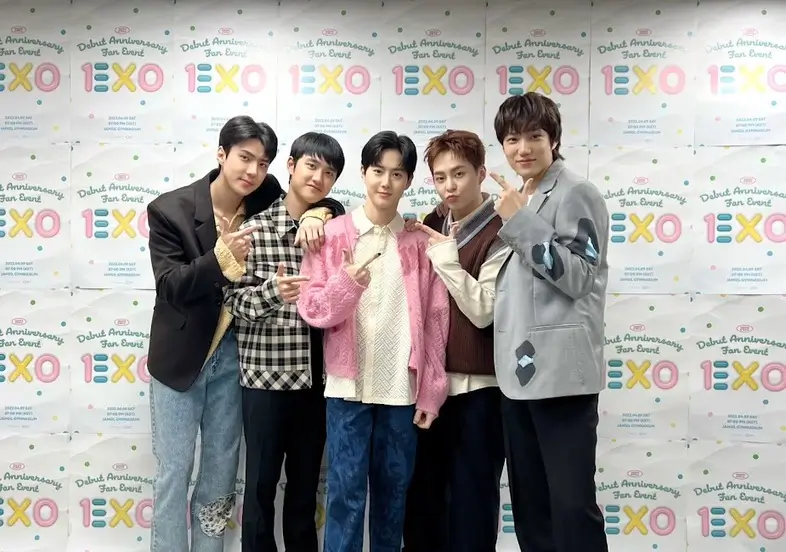Oldboy ‘올드보이’ (2003)
If you are familiar to South Korean cinema, you problably have watched this intriguing action thriller. Based on the Japanese manga of the same name, written by Garon Tsuchiya and illustrated by Nobuaki Minegishi, a desperate businessman seeks revenge on his captors, after 15 years being drugged and tortured, with no clue how he ended like that. Directed by Park Chan-wook, the movie won the Grand Prize at the 2004 Cannes Festival and it is part from his “Vengeance Trilogy” – the name given to his thematically-linked revenge films.
Aimless Bullet ‘오발탄’ (1961)
Often called “the best Korean movie ever made”, Aimless Bullet tells the story about a small family refugee trying to live at the post-war Seoul. The characters dealing with their individual problems reveals the pieces of a broke society who was trying to get back on their feet. With a critical eye, remembering the neorealist and noir style, this film mirrors the present malaise at the time it was released and documents a sad part of Korean history.
The Age of Success ‘성공시대’ (1988)
A man is assigned to work in the sales promotion department of a sweetener manufacturer. After a heated sales war with his competitor, he falls ill. While in the hospital, he devises a genius plan, telling that “we can negotiate anything”. Through his chaotic life, we enter in the world of financial wars of the 1980s, by the lens of the irreverent and humorous director Jang Sun-woo, who weaves a critique of corporate culture.
Sunny ‘써니’ (2011)
This comedy about a group of women offers a reflection on friendship and lifetime nostalgia. The movie alternates between the present of a group of middle-aged friends and the time when they met in the 1980s, forming a club called “Sunny”. It gives a fun look at life and the events that mark our journey from youth to maturity.
A Hometown in Heart ‘마음의 고향’ (1949)
Centered on the emotional life of a 12-year-old child-monk in a Buddhist monastery, Do-seong gets attached to a young widow who comes to pray at the temple. The idea of being adopted ends going up against the monastery principles, making the child stand between having a mother or regaining his positive karma. It was successful play before becoming a great expressionist movie.





